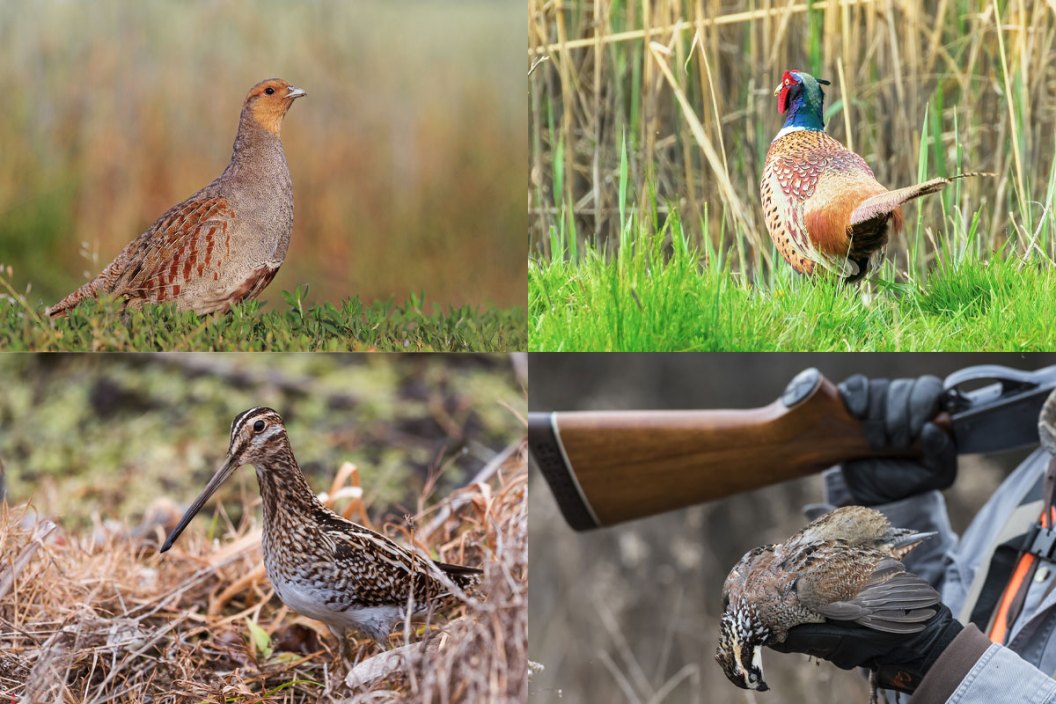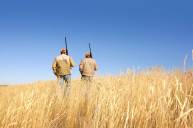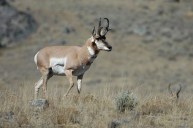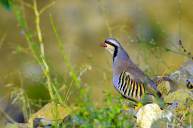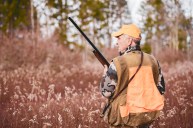It's a lot to count, but here are all the upland game birds you can hunt in the United States.
Hunters across the nation, in fact across much of North America, have truly recognized the enjoyment of the hunt when it comes to upland game birds. There's a lot to enjoy, best exemplified by the high volume of birds you can chase.
In any event, it's about time that someone put a list together, and we set out to do just that. This list will contain many game birds familiar to hunters across the U.S., and maybe a few unfamiliar to those in some parts of the country.
Different species are considered "upland birds" in certain parts of North America, but or these purposes we want to stick to things that we can hunt, chase, shoot, and eat within our own borders.
Shooting preserves across the continent tend to focus on an offering of stocked birds that includes pheasants, chukars, and quail, but at some point we all want to grab a hunting license and go chase wild birds that haven't been hunted much or at all.
Let's get right down to it.
Ring-Necked Pheasant
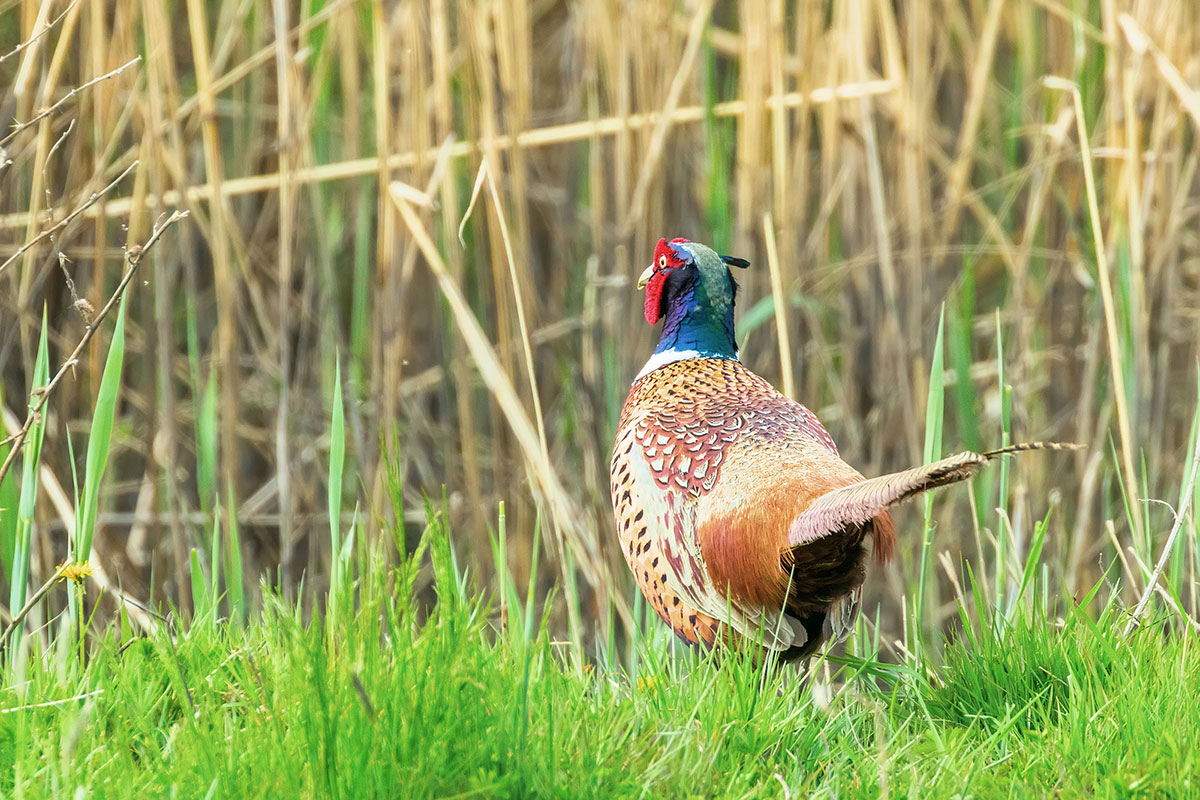
Some of the upland game bird species that we're going to list have several types and subspecies. Even though there is a multitude of pheasant species across the globe, there's only one of them wandering around North America outside of any zoo that we care about.
The first North American stocking for pheasants took place in Oregon's Willamette Valley in 1881, and the rest is history. They've spread and thrived across much of the northern plain states, and represent some of the oldest and longest-lasting hunting traditions in states like South Dakota and Kansas.
Quail

There are six different species of quail to hunt in North America, not the least of which is the venerable northern Bobwhite quail. Bobwhites are recognized the most for their signature call that gives them their name, but in some areas like Arizona, they can no longer legally be taken due to their low numbers.
Other species include the California quail, mountain quail, Gambel's, quail, scaled quail, and Mearns quail. Quail are almost always hunted over pointing dogs, but since they like to hold tight in thick cover, a flushing dog has benefits as well.
One of the best parts of quail hunting is the fact that the hunter can seriously scale down their firearm choice, sometimes all the way down to a simple .410, and still have success downing birds.
Doves
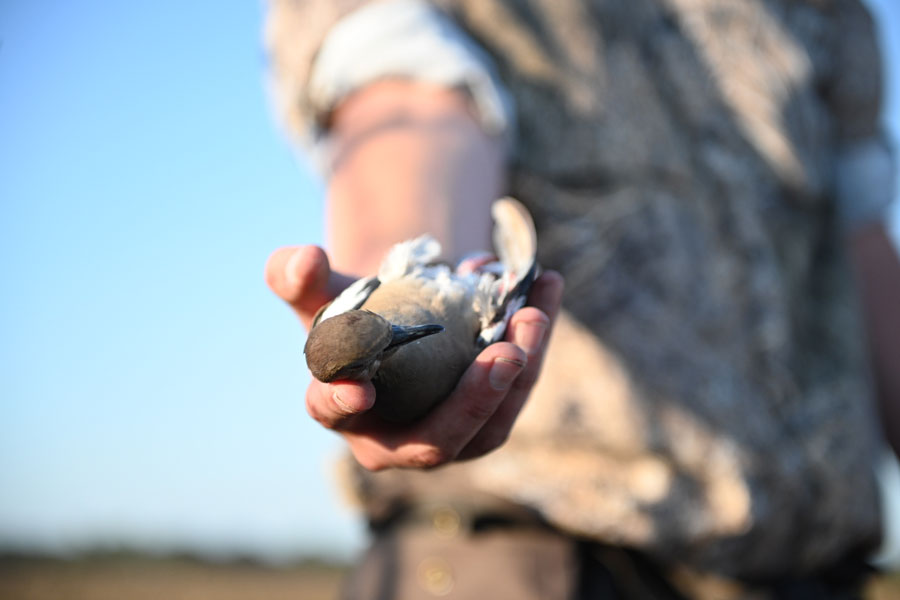
More technically a migratory game bird (and remember, hunting them often requires extra migratory stamps), the dove gets lumped in with upland birds because of the sheer similarities between their pursuits.
It's typically the first official hunting season that starts in southern states, meaning there may be no hunt looked forward to more than the dove hunt.
There are six species of doves found in America, but it is the mourning dove that is the most common and the most popular. Wingshooting for doves is some of the most difficult and rewarding hunting there is, but it is not your typical game bird hunt over gun dogs while walking. More often it is a scout and sit proposition, with pass shooting the key to filling the game bag.
The other species of doves include the white-winged dove, Inca dove, ground dove, ruddy ground dove, and the white-tipped dove.
American Woodcock

The timberdoodle, mud bat, bogsucker, or whatever you call it in your area, the woodcock is one of the most revered game birds in North America. Like doves, they are designated as a migratory game bird (meaning you will likely have to purchase a Duck Stamp and register in the HIP program). These little birds are the toast of the town once they begin their migration in the fall.
This is another easy-to-drop bird by way of the smaller gauge shotguns, open chokes, and shot sizes no larger than 7-1/2s.
Wilson's Snipe
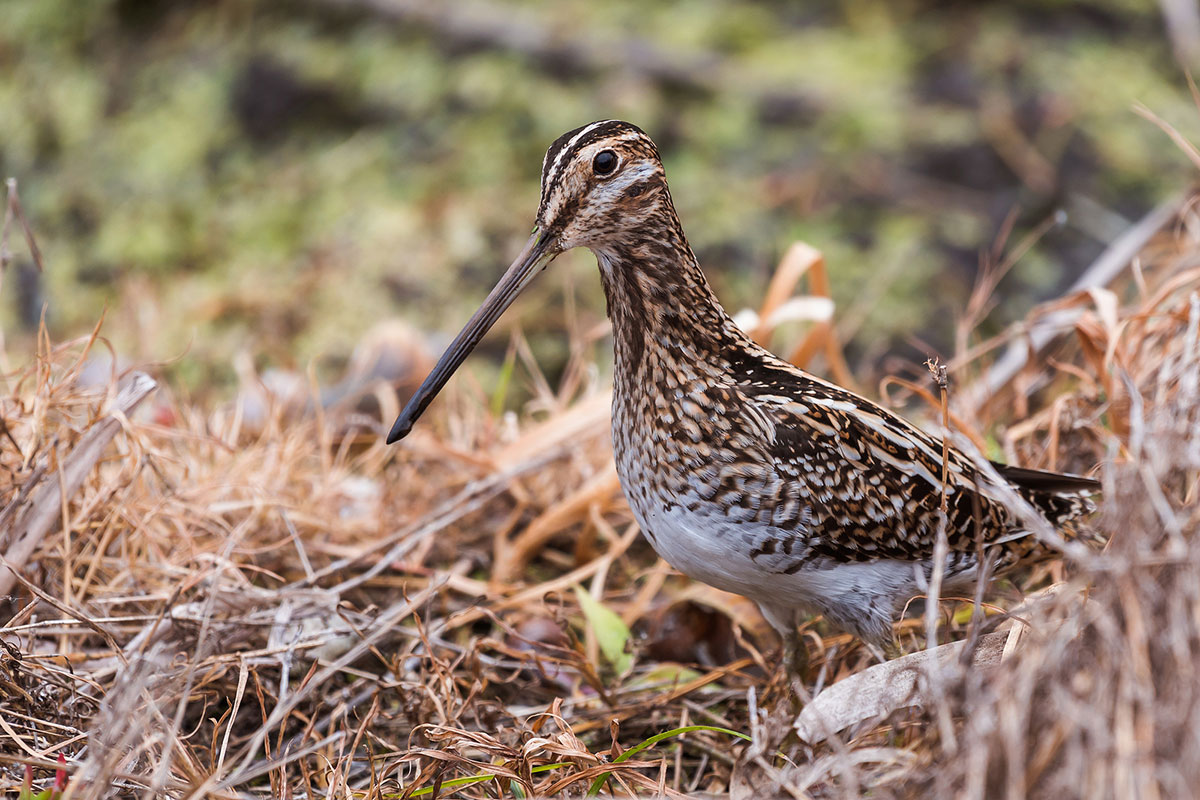
Or as you and I commonly say, the snipe. In places like lower-east Texas, snipe spend their winters along the freshwater marshes, but to hunt them you may need some good mud boots. In fact, this bird cooperates nicely without the use of dogs, calls, or even decoys.
As for a gun, a 20 gauge with No. 9 or No. 8 shot should do the job. If you're hunting snipe in a public area, pay attention to regulations on the use of lead shot; at this moment, lead shot is legal for snipe in Louisiana, Texas, and Florida.
The Wild Turkeys
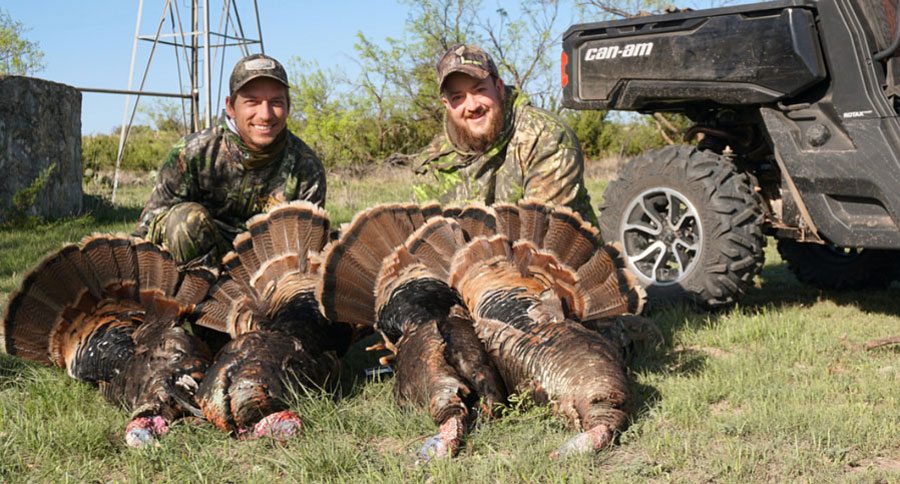
Turkey hunting is where many of us first heard the term "Grand Slam" when it wasn't being used for a home run with the bases loaded.
The four types of wild turkeys on our radar in North America are the Eastern wild turkey, the Osceola, the Merriam's, and the Rio Grande.
Turkey hunters across the continent dream of the bucket list hunt that tags out on all of these birds in a single hunting season, while others are happy to do it in a lifetime. This list wouldn't be complete without adding the Gould's turkey found in Arizona and New Mexico.
Just to review, the Osceola is only found in the state of Florida, and is sometimes referred to as the Florida turkey. The Merriam's frequents the Rocky Mountains and the neighboring prairies of Wyoming, Montana and South Dakota, and the Rio Grande wild turkey ranges through Texas to Oklahoma, Kansas, New Mexico, Colorado, Oregon, and even into Utah.
The Partridges
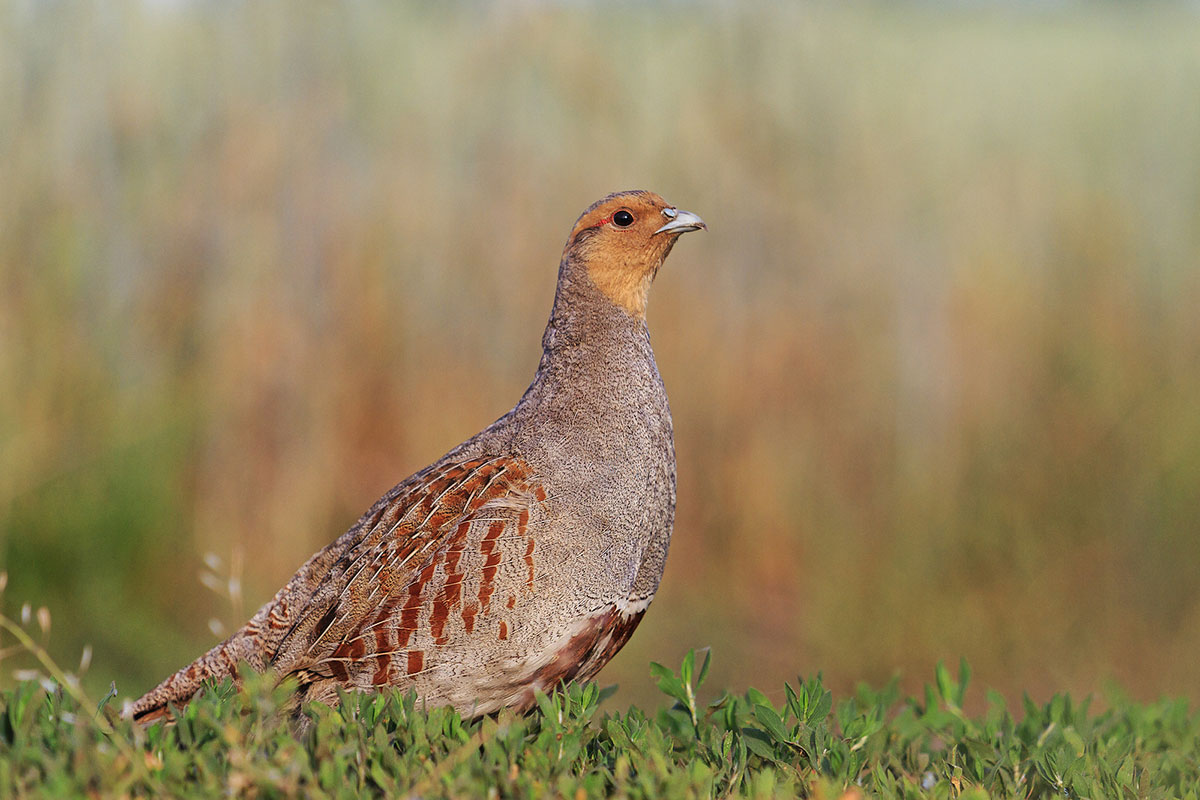
Many of us who grew up in the northeast listened to the old timers describe ruffed grouse hunting as "partridge hunting," but they couldn't have been more wrong. However, there are certainly wild populations of transplanted partridges to be hunted in the U.S. and Canada.
Probably the most popular among these is the grey partridge or "Hun" which is a pseudonym for Hungarian partridge. The most viable populations occur through the grain belt of the upper Midwest and mountain west regions of America and Canada.
These partridges are decidedly more rusty brown than gray, but the males are easily identified by their distinctive mahogany chest patch.
The next of these would have to be the Chukar partridge, which is almost as well known for being a wild game bird primarily in the rocky hill country of the American west as it is a penned raised game bird known for its durability in gun dog training regimens. Chukar are most known for their characteristic black barring, their ability to flush downhill, and the wear and tear they put on a good pair of hunting boots.
Lastly among the partridges is the little known Himalayan Snowcock. While isolated populations of Snowcocks occur in the Ruby Mountains of Nevada, not many North American upland bird hunters pursue them, and those who do usually take them on the ground.
Plain Chachalaca
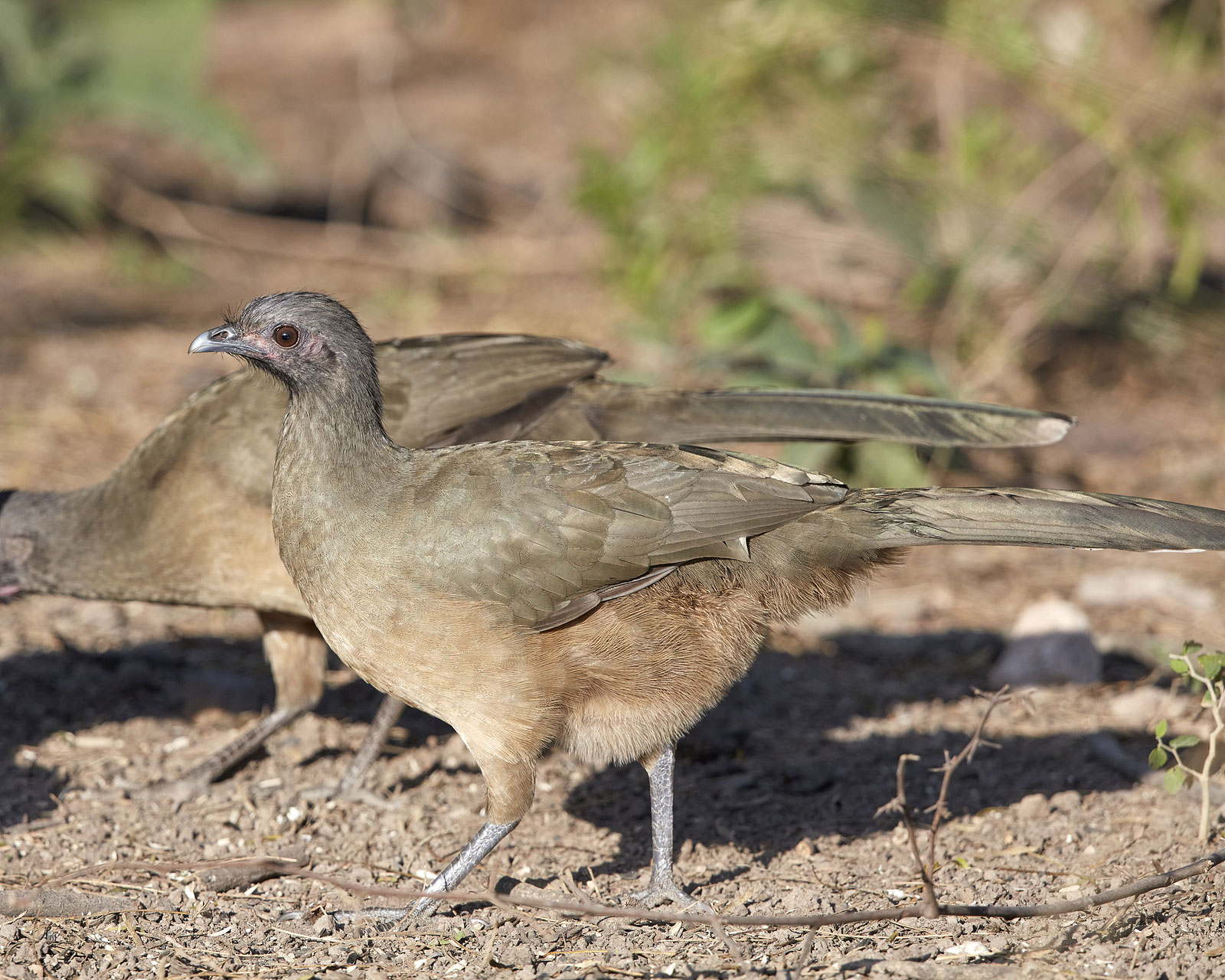
The Chachalaca is practically a quail, but these birds that reside in southern Texas and down into Mexico are more at home in trees than on the ground, thus their nickname: the Mexican tree pheasant.
If you do hunt them in Texas, the limit is five birds per day, but that might be a tall order since most of the hunting for them is on private lands.
So Many Grouse

Upland bird hunters can and will find a way to follow some of the greats of upland bird hunting such as the spruce grouse, blue grouse, (dusky and sooty) the inimitable ruffed grouse, sage grouse, sharp-tailed grouse, and the greater and lesser prairie chickens.
The forest grouses as they are known are the spruce, blue, and ruffed varieties, whereas the prairie grouse are the greater and lesser prairie chickens, the sharp-tail, and the sage grouse. Forest grouse inhabit various woodlands replete with coniferous and softwood forests, specifically aspen stands which are the main food resource of the ruffed grouse.
Spruce grouse are especially well adapted to move around in these same trees since they feed primarily on the needles of fir, spruce, and pine. The dusky grouse lives in forested mountain areas replete with ponderosa and lodgepole pine, aspen, and fir, while the sooty grouse is an inhabitant of the Pacific coastal forests.
The prairie grouse species are just that: birds that live and thrive in the open areas of the American west. The greater sage grouse (and Gunnison), sharp-tailed grouse, and the greater and lesser prairie chicken are inhabitants of the open range and thrive there. prairie chickens forage by slowly walking through grasslands and brush where they hunt insects and peck for seeds and grains, but are most famous for their famously acrobatic courtship displays during the breeding season.
Just to round it out, the willow, rock, and white-tailed ptarmigan definitely have a place in this particular area of this list as hunters do pursue them, but since they are native to places like the Northwest Territories, Canada, the Yukon, and Alaska all the way to the Arctic Circle, not many of us will have the chance nor the desire to chase these amazing birds, but here's to hoping.
Wrapping Up the List
Waterfowl are not considered upland game birds nor are Sandhill cranes or most other migratory birds. That means we've pretty much completed the tally.
In some circumstances bag limits are higher for upland birds, since they are more common and yet more difficult to obtain. Many, like the Bobwhite quail, live in coveys that afford them more protection as a group from predators, giving the overall population a better chance to thrive.
Upland game bird hunting has been a tremendous part of wildlife management nationwide for many years due to the fact that so many hunters, particularly youth hunters can enjoy it and be successful at doing so. Some of the best hunting opportunities in the United States are due to upland game birds and all that they bring to the world of hunting.
Looking for a little more or even hot lunch for your hunting blind? Follow my webpage, or on Facebook and Twitter.
NEXT: 3 COMMON WATERFOWL ID MISTAKES
